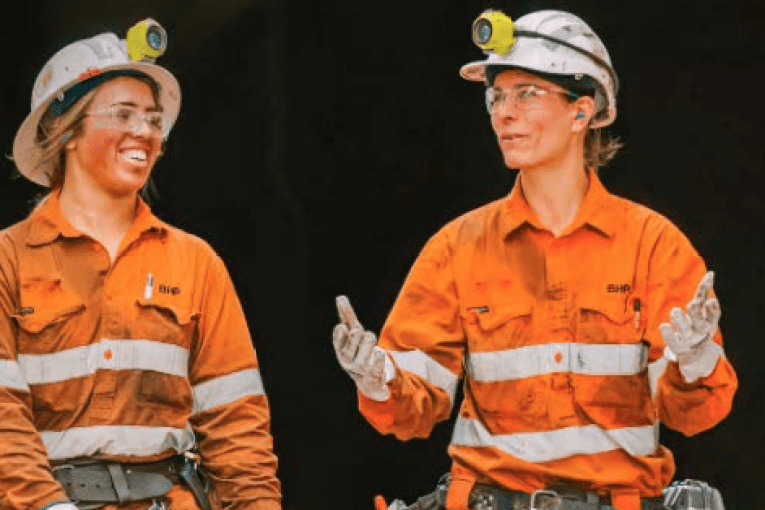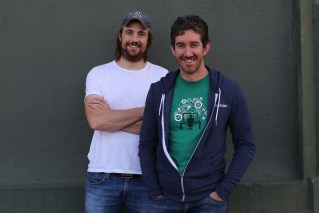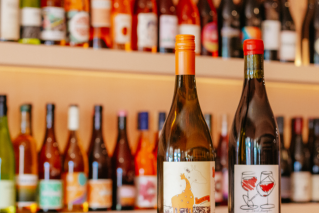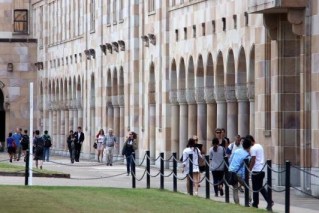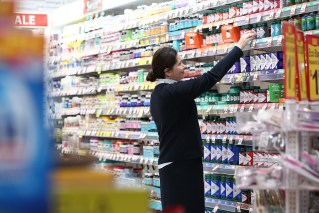How sleepy Emerald became the centre of Queensland’s booming age of robotics
Huge strides are being made in the world of robotics but a lack of investment and government policy could cripple a small but innovative industry.

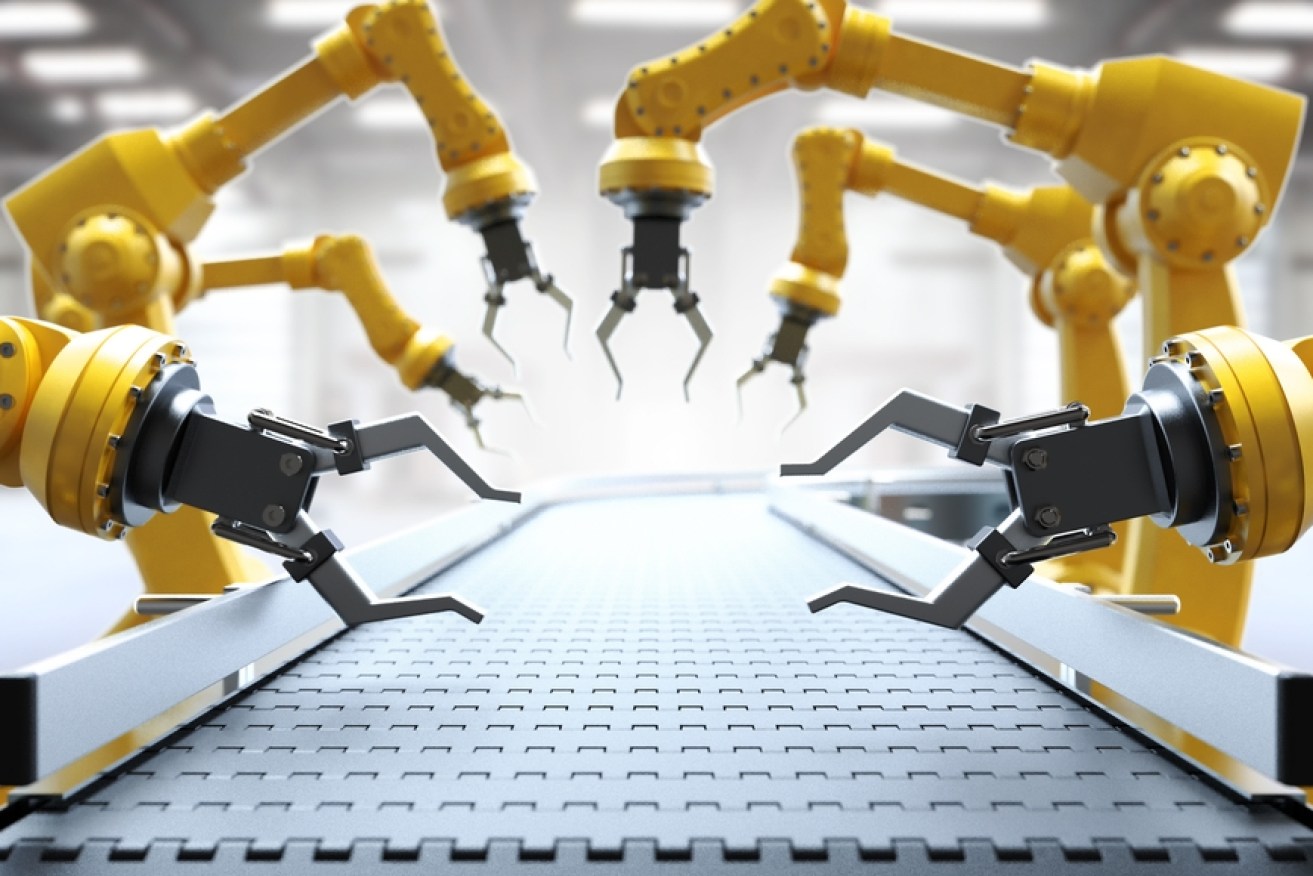
Robotics is an emerging industry in Queensland (Photo: Brookings Institute)
Sue Keay wonders what the reaction might be when robots start emerging in everyday life.
Not the frightening dog-like ones from Boston Dynamics but the smaller, less intrusive ones like the emerging service robots that are selling now as automatic vacuum cleaners, which incidentally was invented by an Australian – Robert Brookes.
Keay, who is the founder and chair of Robotics Australia Group, said there were now cobots or collaborative robots that worked alongside humans and drones were increasingly popular. A pharmacy in Goondiwindi is trialling drone deliveries and Google subsidiary Wing has been running drone deliveries in Logan.
Boeing has also developed a flying drone, known as the Loyal Wingman, at its Brisbane headquarters for the defence sector and Hypersonix has developed a drone powered by scramjets that would eventually be used for low orbit space.
In New Zealand, Domino’s has been delivering pizza by drone for six years. Drones are also being used in the mining industry extensively and automated trucks are becoming common in the sector.
In agriculture, robotics is expanding rapidly simply because it overcomes a key problem for the sector – the lack of workers.
QUT’s Centre for Robotics have teamed up with Ford Motor Company to develop improved localisation and perceptions techniques for autonomous vehicles.
The project will look at how cameras and LIDAR sensors, commonly used in autonomous vehicles, can better understand the world around them.
“It’s going to be interesting to see whether there is a backlash or whether people start to accept these pretty useful things to get services they would not have been able to access usually,’’ Keay said.
The problem being that many people see robots as job killers, but in many cases they could be seen as a means of survival and one industry that needs robotics is agriculture.
Significantly, there is now a $70 million push by the sector to turn a disused agricultural college in Emerald into a robotics hub.
In Queensland, Emerald is as close as it gets to the centre of the action for the robotics sector which is concentrated in the mining, agriculture and defence industries. It is also home to a successful robotics company, Swarmfarm.
“Australia was the first country in the world to start automating its mine sites and a lot of the technology came out of CSIRO in Pullenvale who developed programming that allowed automated haulage vehicles. We have a really good pedigree,’’ Keays said.
Brisbane-based Australian Droid & Robot recently sent 10 drones 1.7km underground to carry out the deepest remote underground mine inspections in history in the United States after an abandoned portion of a mine collapsed and caused an air blast. The robots conducted a comprehensive laser and video scan of the mine geometry to assist with the reopening of the mine after a collapse so that production could be restarted.
“To imitate the conditions and distances we would experience in the US, we had teams all over Brisbane in parks and on golf courses ensuring we had the range of communications required. At one stage, we had robots strung across more than one suburb, all controlled from a central location,’’ ADR founder and director Dr Joe Cronin said.
A week later, the team had acquired enough data for the mining team to begin to restart operations. The robots were able to transmit 80 Mbps – which included high-definition video and Lidar to create a virtual 3D model of the mine, during the longest portions of the mission.
“For our sector, this is akin to winning gold at the Olympics – this work will put Australia’s robotics capability firmly on the world map and will help to drive the advancement of our sector nationally,” he said.
“We are world leaders and we hope this highlights the jobs, export opportunities and economic benefit the robotics sector offers.”
Keay said robotics was a reasonably immature industry in Australia.
“But we have the solid bones to make something out of it. We rank really well in terms of R&D in robotics technology,’’ she said.
In Brisbane, a robotics cluster has developed so that small companies can band together to bid for the larger contracts in the defence sector. Keay said that was crucial for the companies to achieve scale.
“In Australia we have been terrible at investing in robotics. We tried to do the numbers in 2018 and I could only find investment of $10 million in robotics companies,’’ Keay said.
“In our most recent version of the roadmap there is more than $130 million just in the last four years.
“One thing we don’t value is the added uplift we don’t get if we are not just consumers of technology but the producers of technology.
“What we are missing out on is that Australia has a proven track record of being able to produce a lot of this technology that are ground breaking and have really significant impact but they unfortunately get commercialised overseas.’’
